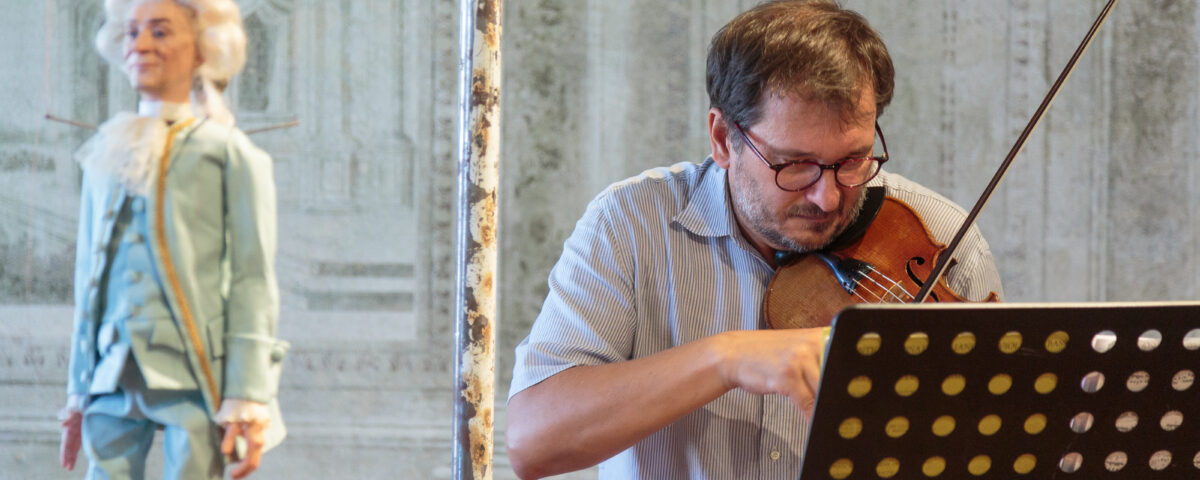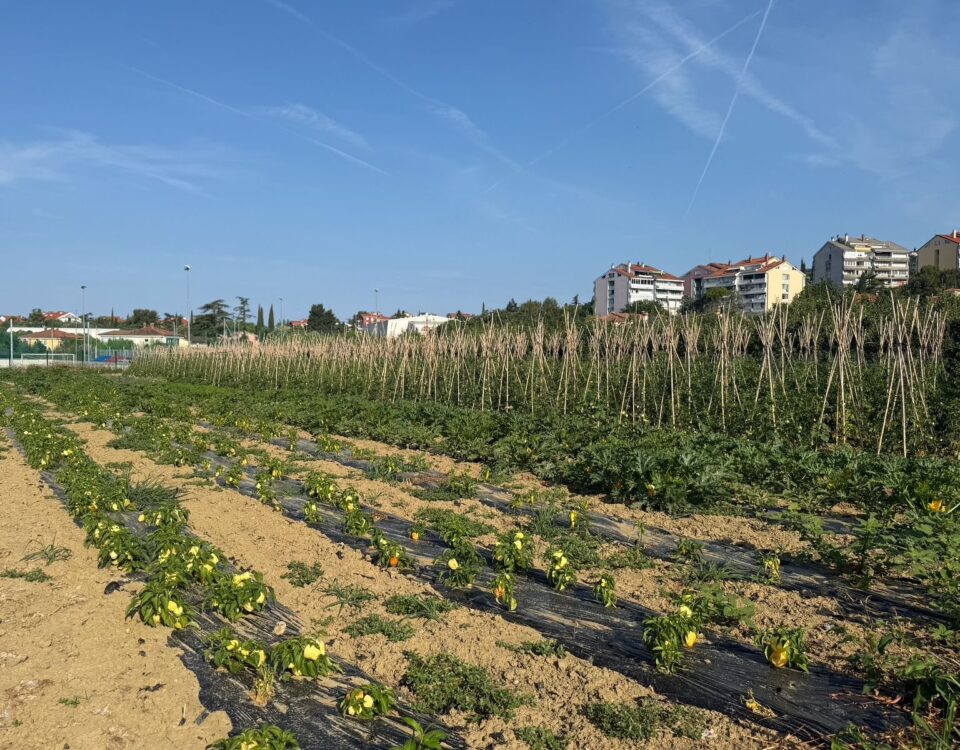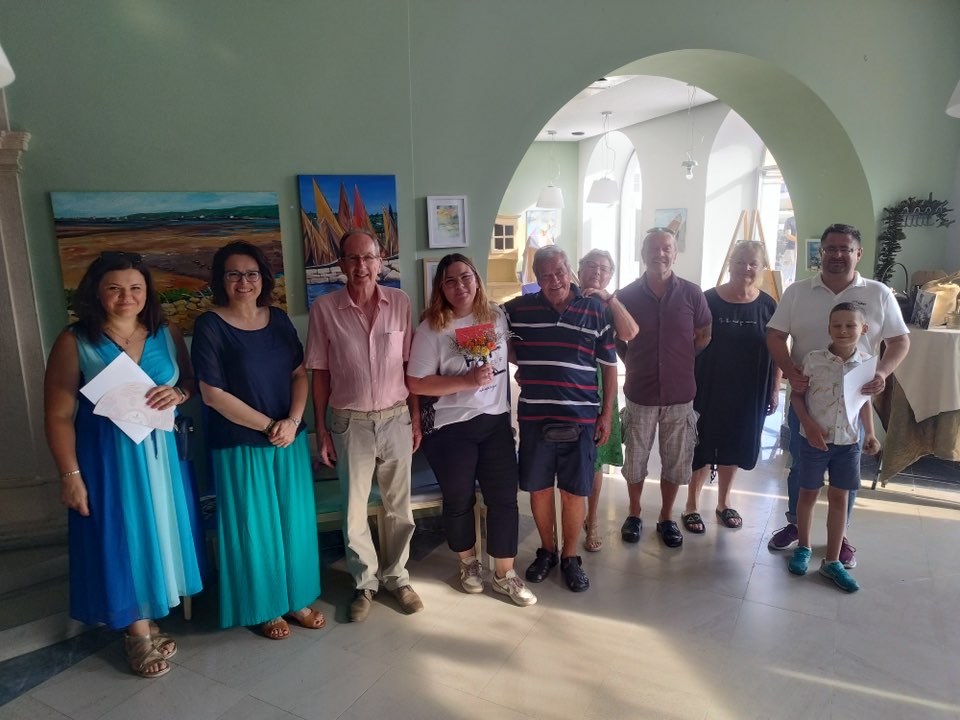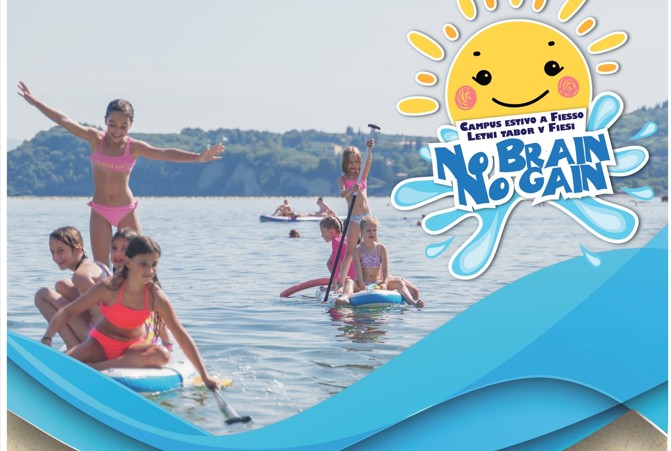Foto: TARTINI 2024 – dopoldan

VABILO – AG CNI Koper – NextGen CNI – Tečaj oblikovanja
08/02/2024
Foto: TARTINI 2024 – večer
08/05/2024
Pestro petkovo dopoldne, 2. avgusta, v rojstni hiši Giuseppeja Tartinija ob obeleževanju 128. obletnice odkritja spomenika, posvečenega Učitelju narodov:
– vodeni ogledi v angleškem, slovenskem in italijanskem jeziku
– predstavitev večernega koncerta z glasbeno točko ansambla La Venexiana
– predstavitev večernega dogajanja, vstopnice za Tartini Sbagliato in projektov L.I.R.A. 2024 – Italijanski jezik skozi ritme in harmonije 2024, promocija in vrednotenje Tartinijeve hiše 2024, Tartini IA (potopitev v glasbo)
– srečanje z Duško Žitko, kustosinjo razstave El Tartini in piassa, ki je postavljena v tretjem nadstropju Tartinijeve hiše
Maestro Tartini se že 128 let priklanja obiskovalcem Pirana
Če bi 2. avgusta na Tartinijevem trgu stopili v časovni stroj in obrnili čas nazaj za natanko 128 let, bi se znašli sredi množice nasmejanih, navdušenih, ganjenih obrazov, sredi množice Pirančanov in Istranov, ki so po kopnem ali morju tja prišli iz vseh njenih krajev, sredi množice ljudi, ki jih je tja pripeljala ista želja; biti navzoč na neponovljivem dogodku, biti del zgodovinskega dejanja, prisostvovati prizoru, ko so Benečana Antonia dal Zotta lastnoročno dvignili kvišku in vzklikali njegovo ime.
Tistega 2. avgusta, leta 1896 so v Piranu zabeležili največjo in najbolj obiskano prireditev v zgodovini mesta. Tistega 2. avgusta so na njegovem osrednjem trgu odkrili spomenik violinistu, skladatelju, znanstveniku, sabljaču, ljubitelju čokolade, človeku svobodnega in radovednega duha, prvi violini Evrope, kot so ga poimenovali v Padovi, in učitelju narodov, kot so ga naslavljali, potem ko je v svoji šoli gostil učence z vsega sveta, Giuseppeju Tartiniju. Pomembno pridobitev, ki je nastala izpod veščih rok beneškega kiparja Antonia dal Zotta, so počastili s petjem, glasbo, druženjem in zabavo, ki je trajala ves dan.
Kako je bila videti nepregledna množica na trgu, kako pristno je bilo veselje avtorja spomenika in tudi trenutek, ko so ga Pirančani dobesedno nosili po rokah, si je moč ogledati od blizu na fotografijah, ki so del razstave, posvečene prav temu dogodku, El Tartini in piassa, Pomorskega muzeja Sergej Mašera Piran, postavljene v razstavni dvorani Tartinijeve hiše.
Poleg pomorskega muzeja ta dan vsako leto ohranjajo in oživljajo v Skupnosti Italijanov Giuseppe Tartini Piran, ob podpori Občine Piran. Petkovo obujanje časa, ko so vsi vedeli, kdo je Tartini, ko so v Piran zaradi njegovega slovesa prihiteli z vseh koncev Istre in se nihče ni spraševal, ali je “naš” ali “njihov”, je potekalo v dopoldanskem in večernem času.
Najprej z vodenimi ogledi najlepše palače v Piranu, ki obiskovalcu ponujajo vpogled v njeno zgodovino in, seveda, odstrejo zgodbo o Tartiniju. Brezplačne vstopnice za časovni stroj so pograbili – no, to so storile njihove animatorke – otroci na letovanju iz Zveze prijateljev mladine Nova Gorica in prijetno jih je bilo opazovati, predvsem tiste, ki se jih je videno in slišano zares dotaknilo. In teh sploh ni bilo malo. Trud osebja Tartinijeve hiše, da bi pritegnili mlade obiskovalce, očitno žanje sadove, zato bodo prav zanje tudi v prihodnje pripravili zanimiva presenečenja.
Pozno popoldne smo soncu v slovo pomahali v družbi članov skupine Al tempo di Tartini z Giuseppejem Tartinijem na čelu, se z njimi sprehodili od Tartinijevega spomenika do rojstne hiše, kjer so štafeto predali triu Modern Baroque Ensemble. Edoardo Milani na flavti, Dijana Arsova na violini in Clara di Giusto na čelu so naključne obiskovalce navdušili s tremi baročnimi trio sonatami, nekatere tako zelo, da so celo zaplesali.
Za vrhunec večera je bil pravšnji prostor Križni hodnik Minoritskega samostana. Nekoč davno je prav v njegovem zavetju prve glasbene korake, ali bolje rečeno prve zamahe z lokom ubral sam mladi Tartini. Njegovo glasbo so številnim prisotnim predstavili Efix Puleo na violini, Nicola Brovelli na baročnem čelu, Dario Carpanese na čembalu in Gabriele Palomba na teorbi, člani zasedbe iz Benetk La Venexiana, pri delih Vivaldija in Padovčanke Barbare Strozzi pa se jim je pridružila še vrhunska sopranistka Emanuela Galli.
Ob vrnitvi v Tartinijevo hišo je bilo na vrsti še razvajanje brbončic s posebnim koktejlom, ki so ga ustvarili v podjetju Spiriti occulti in nosi naziv Tartini Sbagliato. Poznavalci so v njem zlahka prepoznali koktejl Negroni, ki so ga navdahnjeni z zgodbo o Tartinijevem tretjem tonu preoblekli z dodatkom destilata z aromo tobaka in obogatili s ščepcem piranske soli. Dva okusa, ki pravilno dozirana ustvarita tretjega, rahlega, ki ga je mogoče zaznati šele ob koncu prvega požirka, a ki ne izzveni tako hitro in zlahka. Nevsakdanji, nepričakovan okus, ki preseneti. Zelo. Močno. In pusti sled. Tako kot Tartinijeva glasba.
Besedilo: Nataša Fajon
Foto: Nataša Fajon



